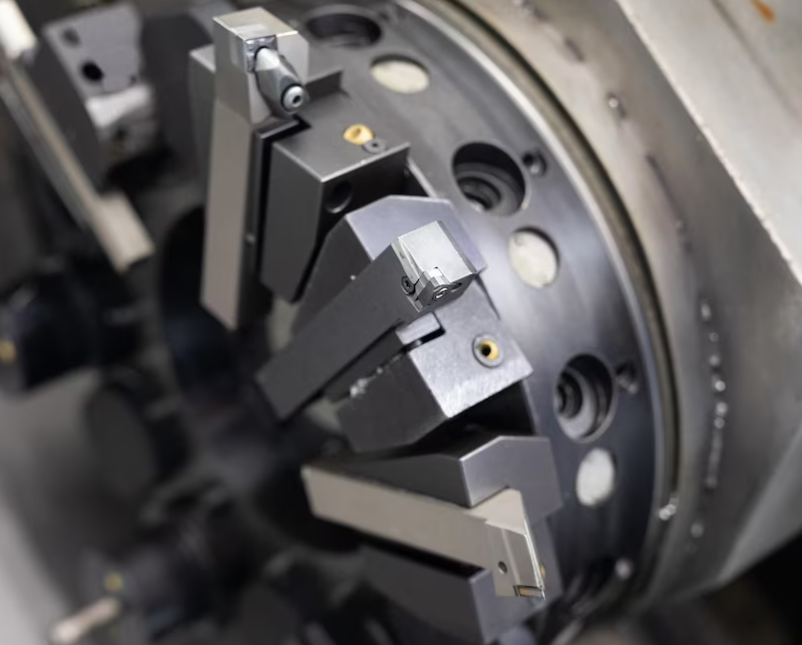In the dynamic realm of manufacturing, CNC machining parts (Computer Numerical Control) machining parts have emerged as the backbone of precision engineering. These intricate components are integral to a multitude of industries, ranging from aerospace and automotive to medical devices and electronics.
The Significance of CNC Machining Parts
Precision at Its Core
CNC machining is a manufacturing process that employs computer-controlled machines to create intricate parts from various materials, including metals, plastics, and composites. What sets CNC machining apart is its unrivaled precision. It allows for the production of complex geometries with tight tolerances, ensuring that each component is crafted with meticulous accuracy. This precision is indispensable in industries where even the slightest deviation can have significant consequences, such as the medical and aerospace sectors.
Versatility and Efficiency
Another hallmark of CNC machining is its versatility. These machines can produce a wide range of components, from simple bolts and nuts to complex turbine blades and intricate medical implants. Moreover, CNC machining is highly efficient. It minimizes human error, reduces waste, and enables rapid prototyping, making it an ideal choice for both large-scale production runs and small-batch manufacturing.
Automation and Productivity
With the integration of automation and advanced software, CNC machining has undergone a transformative evolution. Modern CNC machines can operate 24/7, significantly enhancing productivity. Operators can monitor and control the manufacturing process remotely, ensuring continuous production and swift response to any issues that may arise. This automation not only streamlines production but also contributes to cost-effectiveness.
Technological Advancements in CNC Machining
Enhanced Software Capabilities
One of the key drivers of CNC machining’s progress is the continuous advancement of software. CAM (Computer-Aided Manufacturing) software has become increasingly sophisticated, enabling engineers to create intricate toolpaths and simulate machining processes with precision. This has led to faster setup times, reduced programming errors, and improved overall efficiency.
High-Speed Machining
The advent of high-speed machining has revolutionized CNC machining parts manufacturing. These cutting-edge machines can achieve remarkable spindle speeds and feed rates, resulting in faster material removal rates and reduced cycle times. High-speed machining not only enhances productivity but also prolongs tool life, reducing maintenance costs.
Additive Manufacturing Integration
CNC machining has seamlessly integrated with additive manufacturing techniques, such as 3D printing. This fusion allows for hybrid manufacturing processes, where CNC machining is used to refine and finish 3D-printed parts. This combination leverages the strengths of both methods, producing components that are not only precise but also customized and cost-effective.
The Future of CNC Machining Parts Manufacturing
As we look ahead, the future of CNC machining parts manufacturing appears promising. Advancements in materials, tooling, and automation will continue to drive innovation in this field. Furthermore, the integration of artificial intelligence and machine learning promises to optimize machining processes further, ensuring greater efficiency and quality control.
Conclusion
CNC machining parts manufacturing occupies a pivotal role in modern industrial production. Its precision, versatility, and efficiency have made it indispensable across various sectors. With ongoing technological advancements and a commitment to innovation, the CNC machining industry is poised for sustained growth and continued excellence in the years to come.








